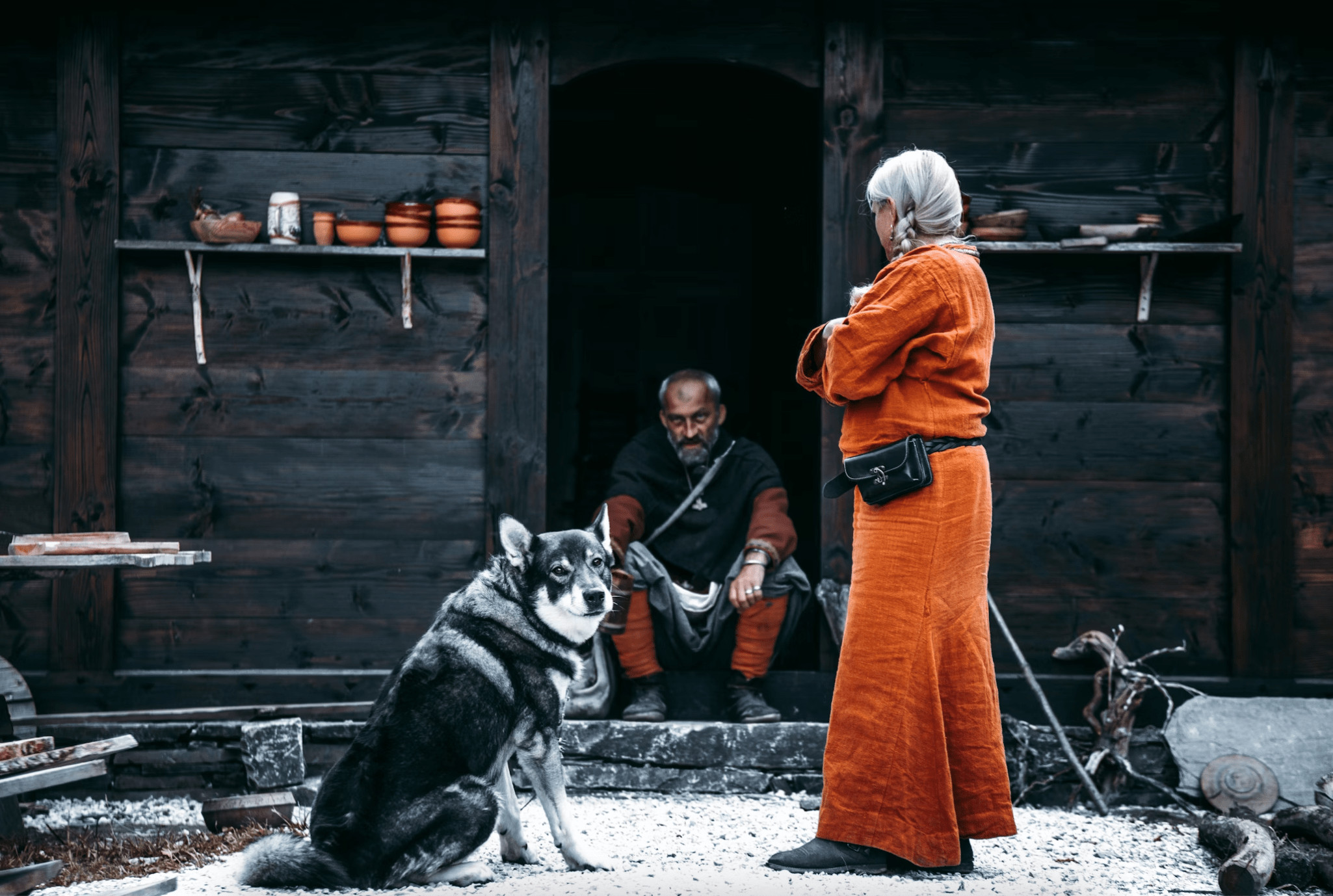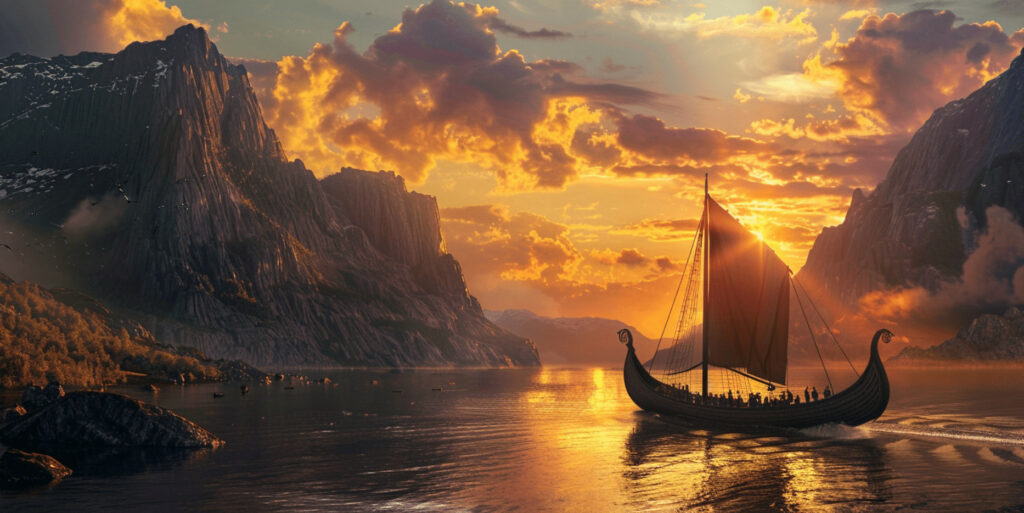Blog
The Role of Viking Stories in Modern Literature
At this time, Viking tales continue to shine, and writers use them to captivate their readers. Through this article, we look out for the impact Norse mythology has on the literature of the present in particular, where it gives rise to certain themes, characters, and narratives that all authors use in one way or another. By uncovering the motivation behind these selected books and their popularity, we understand why these ancient tales are still a powerful part of our modern cultural setting.
Educational Challenges and Support Systems in Literature Studies
While the delight in the story of Viking is evident from the book, learners who study these stories academically may face complications. The diversity of the Viking past with its different versions might not be easily distinguishable from the mythological aspects and the historical factuality. Some learners have problems building the logic and coherence of a paragraph, seeking strong evidence to support their arguments, and locating reliable sources. These are important skills which help in creating good academic writing.
Chance does not must be the end of anyone’s life, this is because help is always around. Students with overdue projects can reach out to the online writing service PapersOwl due to professional assistance being provided. However, if the decision is made to pay to write an essay for school, college or university, valuable time and effort are saved. It could be channelled into other areas of analysis and meeting the given deadline within the set deadlines. Therefore, such services also stand for academic integrity and provide guidelines to facilitate educational rules sets. Students may be able to learn how to execute effective investigation calls. This boosts their overall study performance. Finally, this makes it possible for them to have faith in their ability to face something more complicated alone.
Viking Lore Meets Modern Narratives
The legacy of the ancient sagas – where valorous fighters mingled with investigation and magic – gets reincarnated on the literary map of today. The components which many authors recreate become congruent with the themes and problems we face in the present, allowed through fantasy and also history. For example, such novels as Neal Gaiman’s Norse Mythology and Joanne Harris’ The Gospel of Loki provide evidence for how Viking mythologies can show that they are not just ancient stories but also modern tales. Bearing in mind, the resilience, and adventure as old as the two last centuries are no less relevant now for today’s multiplicity of what contemporaneity has to offer.
The revival also accentuates that Viking myths are adequately adaptable to various versions of the existing media, from literature to moving picture industries. Hence, being able to reflect the past and present of the society in one story, creators build up a cultural dialogue that unites both of these features. Often, these narratives portray present-day societal values through a “Viking myth” statue, enabling us to endure various universal themes, e.g., honor and justice. Their stories end up being global hits, which means those who tell them are mirrors of the true spirit and values that improve modern culture.

Popular Genres and Books
Norse sagas, historical fiction, and fantasy – all these products of the Viking mind and the rich imagination of their storytellers can be found in our libraries. Numerous sagas belong to this category of tales, and they often involve the long and demanding chase for knowledge and the tremendous thrill present in the lives of Vikings. Unlike other genres, there is no limit to the type of content that can be produced. From pure entertainment to exploring profound philosophical notions, the works of such outstanding authors who create historical narratives with a dash of dramatic storytelling, including Hirst’s “Vikings,” are striking examples.
The attraction of stories they bring is focused on traditional written media and interact with games, from computer video games to tabletop role-playing games, where the characters can be drawn into Vikings’ reality. Apart from this, the intricacy and profundity of Viking mythology give a broad perspective for academicians and literary critics to analyze and carry out their studies, which in turn satisfy both the latter and the alternative forms of audiences. Another piece of evidence here is the persistent interest in these tales shown by the ever-increasing number of fan communities and online platforms that mainly spread Viking history. Hence, the Vikings’ tales conjure up images of that era’s bravery, wisdom, and valor in a manner that is both thrilling and informative for a global audience today.
Conclusion
The paradoxical everlasting affinity of Vikings’ tales in literature nowadays suggests that people keep on loving this kind of culture because the influence of such accounts continues to last to the present. The oldest of stories are remembered both directly and in a new way through retelling and inspired adaptations, which all have an impact on and offer inspiration to us from today’s world. Through this sustained engagement, students get ample room to tap into these tales more exhaustively and, in doing so, add to the effectiveness of the Viking story-telling in modern writing.

